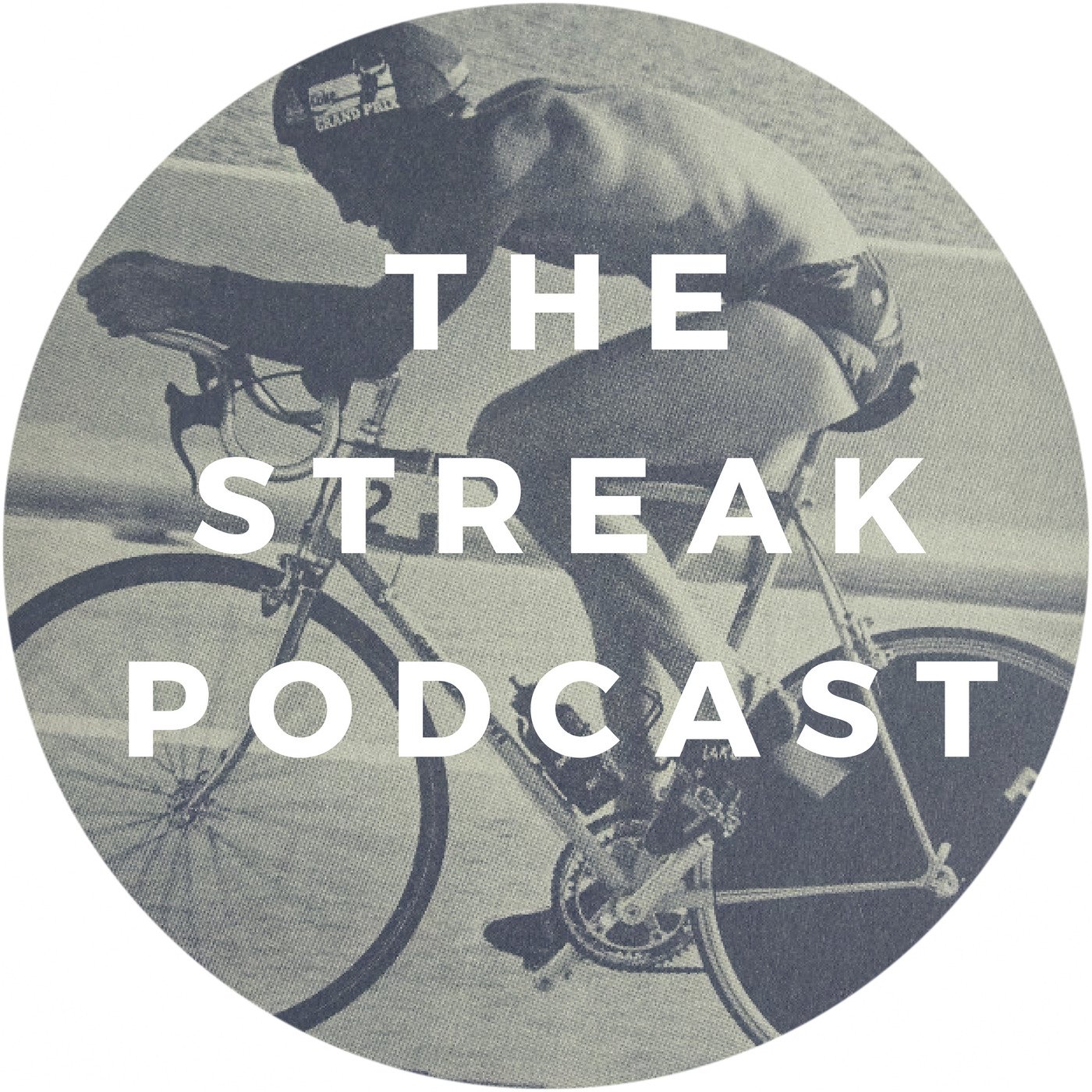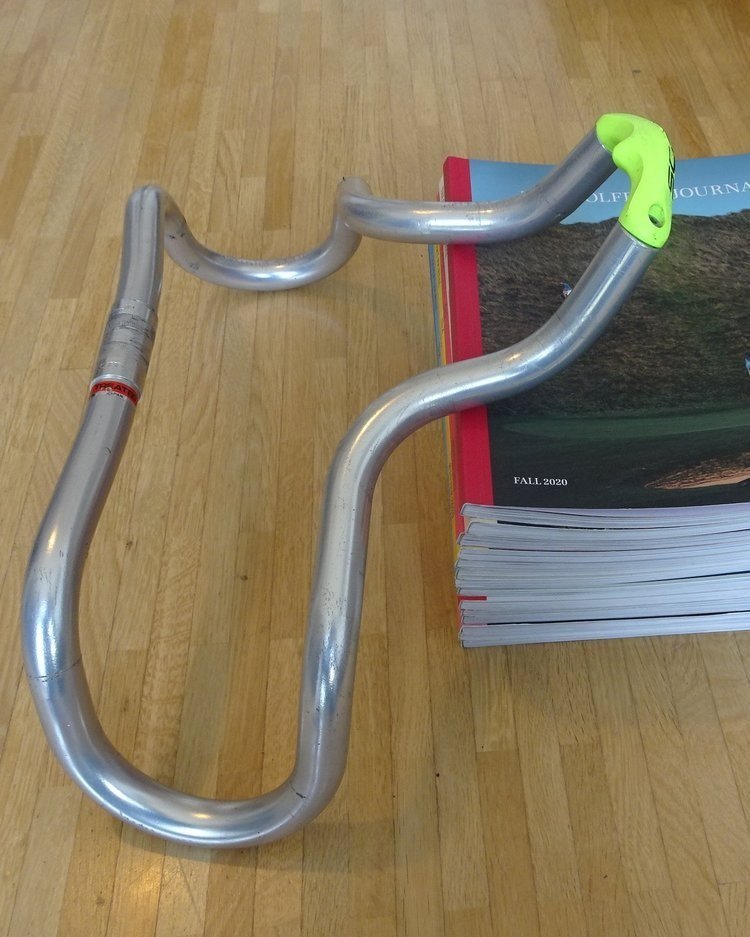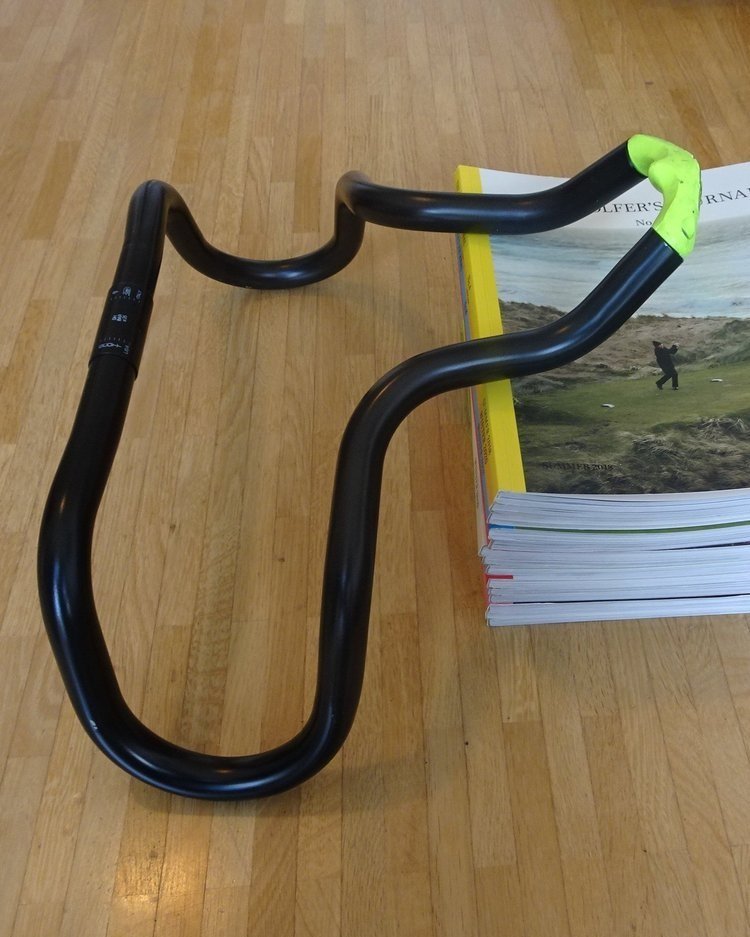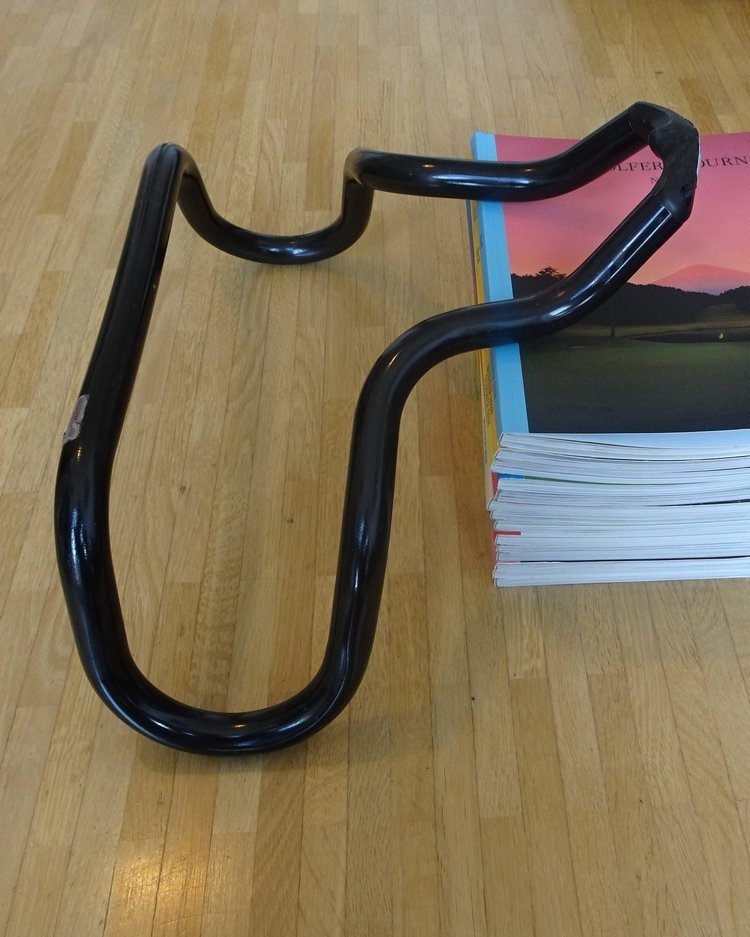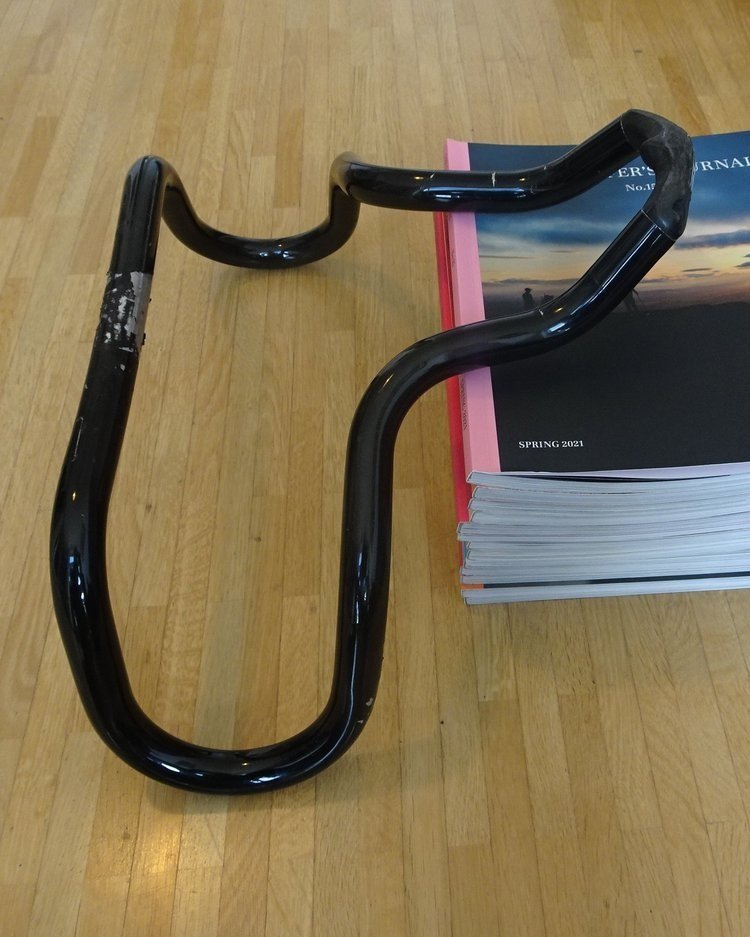TSP3: I Bought 4 Sets Of Scott DH Handlebars
In 1987 The Scott DH handlebar became the first aerobar to achieve popularity in triathlon. The improved aerodynamic advantage from the hands forward position instantly took minutes from your bike split.
So in early-2021 I bought 4 sets on eBay. Long story. Then I started to trace the history of the bars and how they first made their way to triple-effort start lines in the USA and the UK.
Thanks to Brad Kearns, Scott Molina and Phil Gable for all your help on this episode and your overall enthusiasm for the project!
Images:
My 4 set of Scott DH handlebars
Triathlete (USA) June 1987.
Triathlete (USA) June 1987
Triathlete (USA) August 1987
Triathlete (USA) September 1987
Cycling Weekly (UK) 21st January 1988
Tri-Athlete (UK) April 1988
Tri-Athlete (FR) Juillet 1987
Tri-Athlete (FR) Septembre 1987
Links:
1987 USTS Miami
Story of Innovation - Charley French
Can You Make A Living Doing That by Brad Kearns
1987 USTS Hilton Head
Sources:
Triathlete: Was the first aerobar really not the first?
Slowtwitch: Profile Design A Coherent Strategy For Aerobars
Simon Ward Podcast with Mike Harris
Scott Sports History Page

